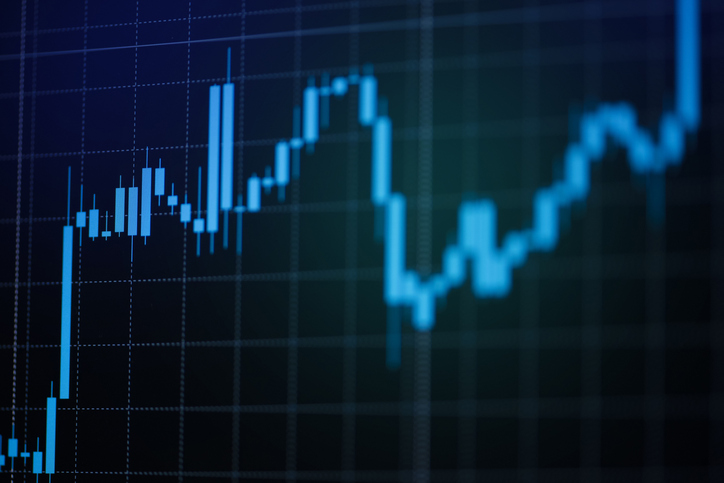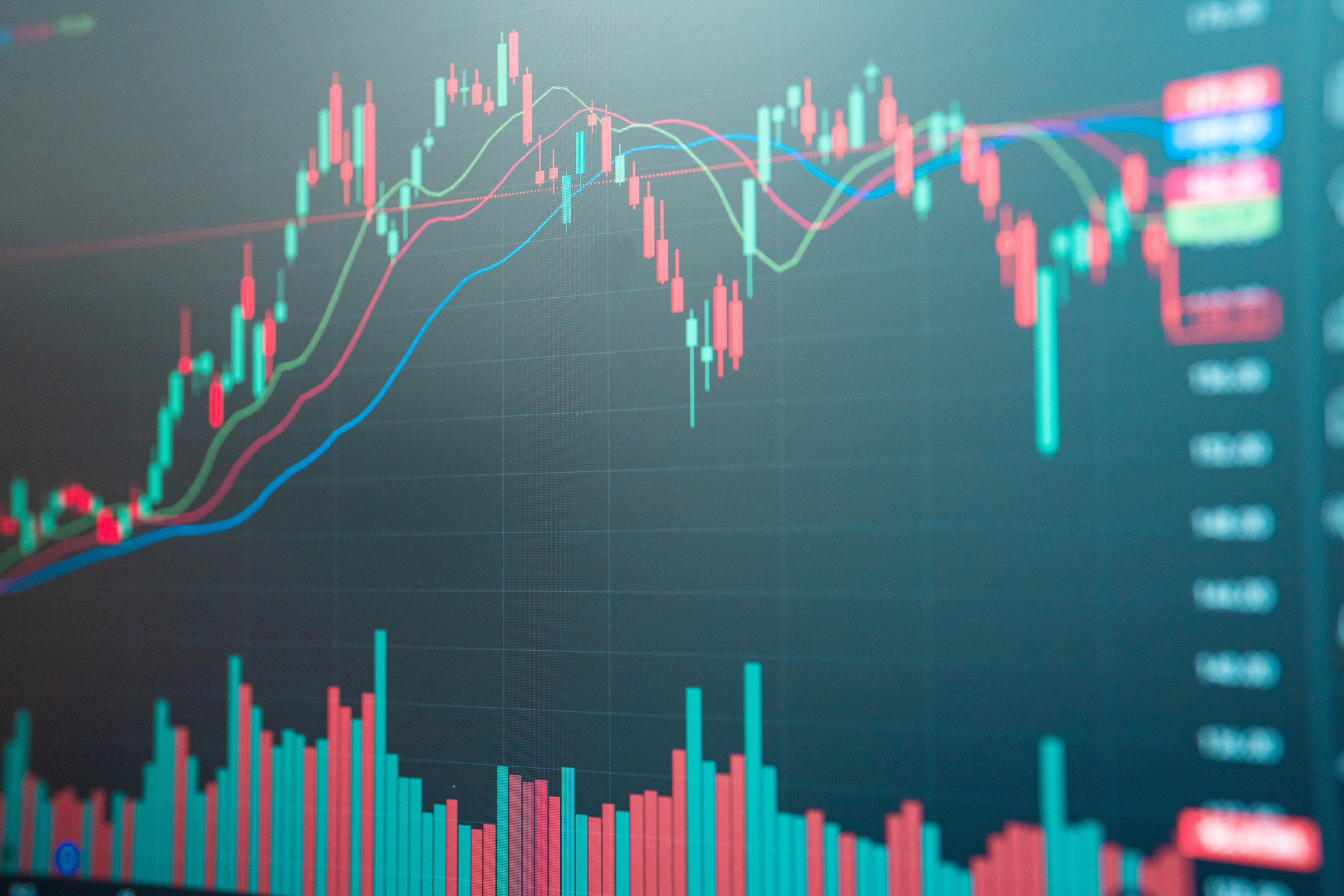Apple's Plunge: Why Investors Should Sit Tight
Apple shares look extraordinarily cheap following a large drop on disappointing results, but they could get cheaper.

Ouch! It was a painful day for shareholders of Apple (symbol AAPL). A day after after the company reported disappointing results for the quarter that ended in December, the shares tumbled nearly 12% on January 24, closing at $450.46. And there are reasons to believe the stock hasn't turned the corner yet.
Several factors were behind the plunge. Although Apple earned a tidy $13.1 billion in the first quarter of its fiscal year, profits were flat compared with the same quarter a year earlier. (The October-December quarter in 2011 was one week longer than the same quarter in 2012, making for a slightly imperfect comparison). And even though Apple sold about 11 million more iPhones than it did in the same period of 2011, that was less than some analysts expected.
The bigger concern for investors, however, may have been comments from management that the company is changing the way it provides estimates for future results. In the past, Apple has typically provided a single estimate for revenues and other projections, usually erring on the side of conservatism. That's led to a virtuous circle for investors, in which each quarter the company beat expectations, and the stock moved higher.
From just $107.88 $24.99 for Kiplinger Personal Finance
Be a smarter, better informed investor.

Sign up for Kiplinger’s Free Newsletters
Profit and prosper with the best of expert advice on investing, taxes, retirement, personal finance and more - straight to your e-mail.
Profit and prosper with the best of expert advice - straight to your e-mail.
Now Apple execs say that they will provide a range, rather than a single point, for their forecasts, and they add that their projections will no longer be overly cautious. "Going forward, we plan to provide a range of guidance that reflects our belief of what we're likely to achieve," chief financial officer Peter Oppenheimer said on a conference call on January 23 after the company declared its results. In other words, the days of Apple beating estimates as a matter of course are gone.
The stock, which has fallen 36% from its record high closing price, set on September 19, appears to be extraordinarily cheap. It sells for less than 10 times estimated earnings of $46.55 per share for the 2013 calendar year.
The trouble is, with analysts lowering their estimates for the company's future earnings, it's difficult to tell how reliable that valuation is. "It looks cheap, but there certainly is a chance it could get cheaper still," says Brian Colello, an analyst with Morningstar.
Moreover, the stock may not be cheap enough to entice value investors yet. John Bright, an analyst with Avondale Partners, says the stock is currently experiencing what he calls an "investor-base turnover." Apple shares have long been favored by investors who seek fast-growing companies and may not care so much about the price they pay for growth. But those investors may not be keen to load up on the stock today, considering that in the future Apple may grow only as fast as its peers in the smart-phone market.
For the stock to advance significantly from today's levels, it will have to entice value investors. Apple could attract more bargain hunters if it comes up with a plan for putting its $137 billion in cash and investments to work, such as by raising its dividend or buying back shares. However, the majority of that cash is currently held overseas, which means that the company can't put it to work in the U.S. — and that includes using it to pay dividends, buy back shares or make domestic acquisitions — without incurring an enormous tax bill. Colello says one catalyst that could drive the stock higher would be a change in U.S. tax policy on foreign cash holdings. But that's hardly a solid foundation for loading up on the shares.
What else could budge the stock? Avondale's Bright is optimistic about the prospects for Apple making an eventual foray into the TV-set business. He points to strong results from Netflix (NFLX), which on January 23 reported better-than-expected subscriber growth for the quarter that ended in December, as evidence that the television market is ripe for further disruption. Netflix soared $43.60, or 42%, on January 24, to $146.86. Apple already offers its Apple TV, a device that streams iTunes and Web content to a traditional television, although the product hasn't been a significant contributor to sales yet. But analysts speculate, and Apple chief executive Tim Cook has hinted, that the company may be considering offering its own TV set. However, Apple hasn't announced any such products yet.
The last time we wrote about Apple shares, we advised investors to trim their stakes in the company to 3% to 5%, at most. Today, investors should sit tight. Apple shares will eventually recover, but it may take several years before the stock surpasses its September high.
Kiplinger's Investing for Income will help you maximize your cash yield under any economic conditions. Subscribe now!
Profit and prosper with the best of Kiplinger's advice on investing, taxes, retirement, personal finance and much more. Delivered daily. Enter your email in the box and click Sign Me Up.

-
 Ask the Editor, October 17: QCDs and Tax-Planning
Ask the Editor, October 17: QCDs and Tax-PlanningAsk the Editor In this week's Ask the Editor Q&A, Joy Taylor answers more questions about the use of qualified charitable distributions (QCDs) in end-of-year tax planning.
-
 You May Want To Think Twice Before Selling These Four Assets in Retirement
You May Want To Think Twice Before Selling These Four Assets in RetirementSitting on little gold mines? It's natural to want to cash out when you retire. Here’s why you may not want to.
-
 Dow Dives 878 Points on Trump's China Warning: Stock Market Today
Dow Dives 878 Points on Trump's China Warning: Stock Market TodayThe main indexes erased early gains after President Trump said China is becoming "hostile" and threatened to cancel a meeting with President Xi.
-
 Dow Adds 238 Points as UNH, CAT Pop: Stock Market Today
Dow Adds 238 Points as UNH, CAT Pop: Stock Market TodayThe lack of a September jobs report didn't seem to worry market participants, with the data delayed due to the ongoing government shutdown.
-
 If You'd Put $1,000 Into Bank of America Stock 20 Years Ago, Here's What You'd Have Today
If You'd Put $1,000 Into Bank of America Stock 20 Years Ago, Here's What You'd Have TodayBank of America stock has been a massive buy-and-hold bust.
-

 If You'd Put $1,000 Into Oracle Stock 20 Years Ago, Here's What You'd Have Today
If You'd Put $1,000 Into Oracle Stock 20 Years Ago, Here's What You'd Have TodayORCL Oracle stock has been an outstanding buy-and-hold bet for decades.
-
 How to Invest for Rising Data Integrity Risk
How to Invest for Rising Data Integrity RiskAmid a broad assault on venerable institutions, President Trump has targeted agencies responsible for data critical to markets. How should investors respond?
-
 Stocks Climb as Apple, Nvidia Soar: Stock Market Today
Stocks Climb as Apple, Nvidia Soar: Stock Market TodayOracle joined in on the fun, too, after the software giant announced a C-suite shake-up.
-
 S&P 500 Hits New High After Oracle Earnings: Stock Market Today
S&P 500 Hits New High After Oracle Earnings: Stock Market TodayAnother down day for Apple held the Dow Jones Industrial Average back, though.
-
 Stocks Grind Up to New All-Time Highs: Stock Market Today
Stocks Grind Up to New All-Time Highs: Stock Market TodayUnitedHealth stock led the Dow Jones Industrial Average amid increasing signs the labor market has not been well for months.